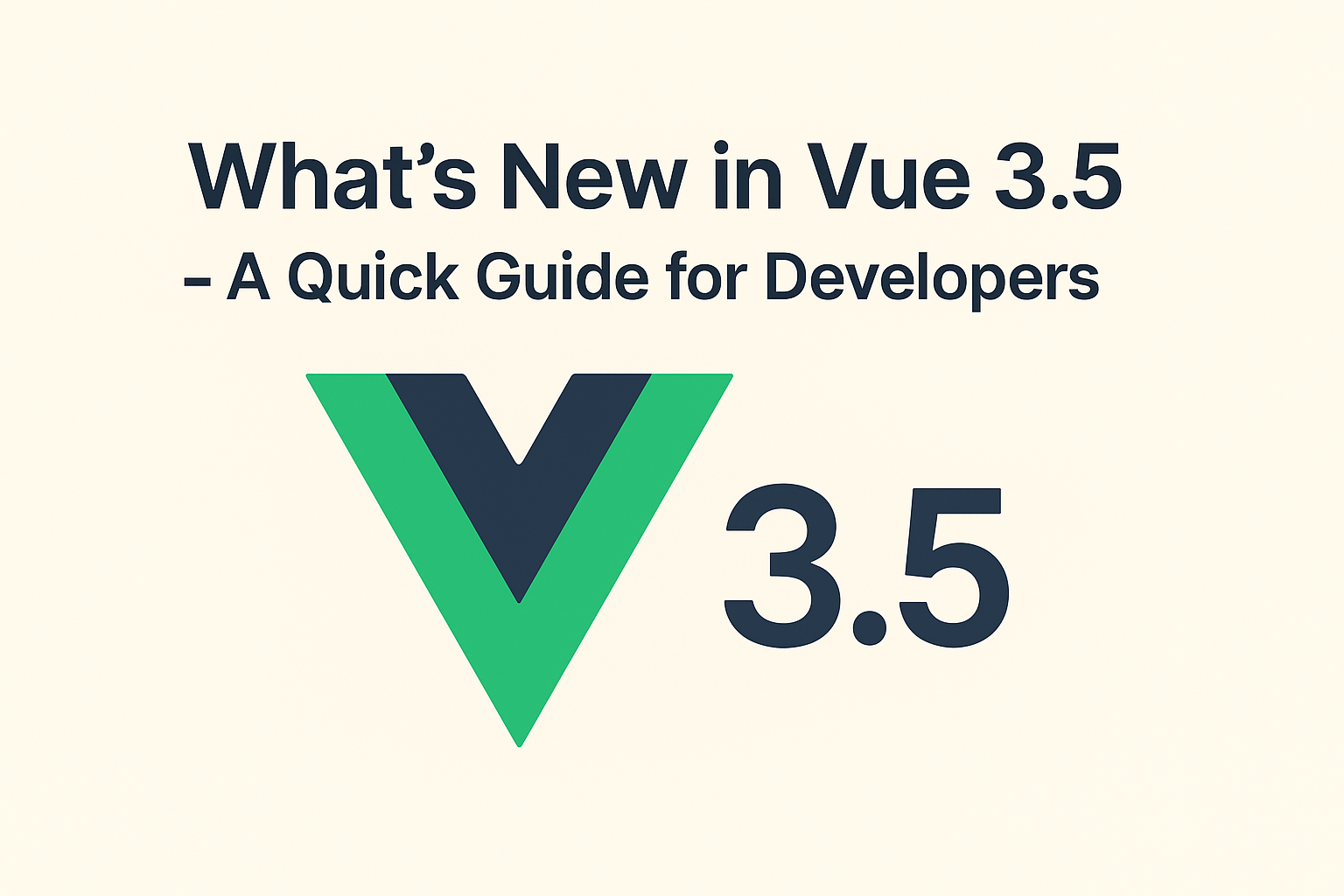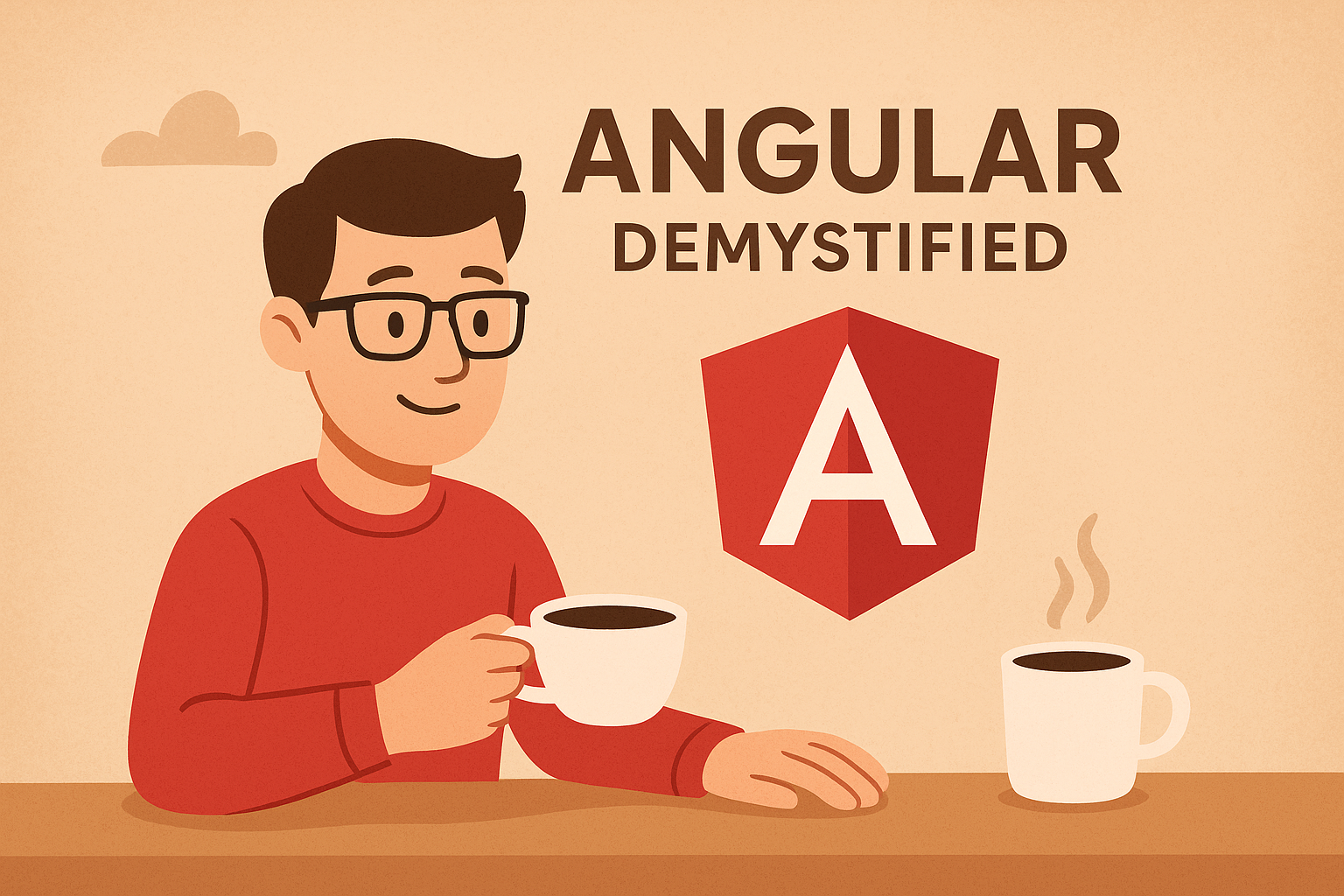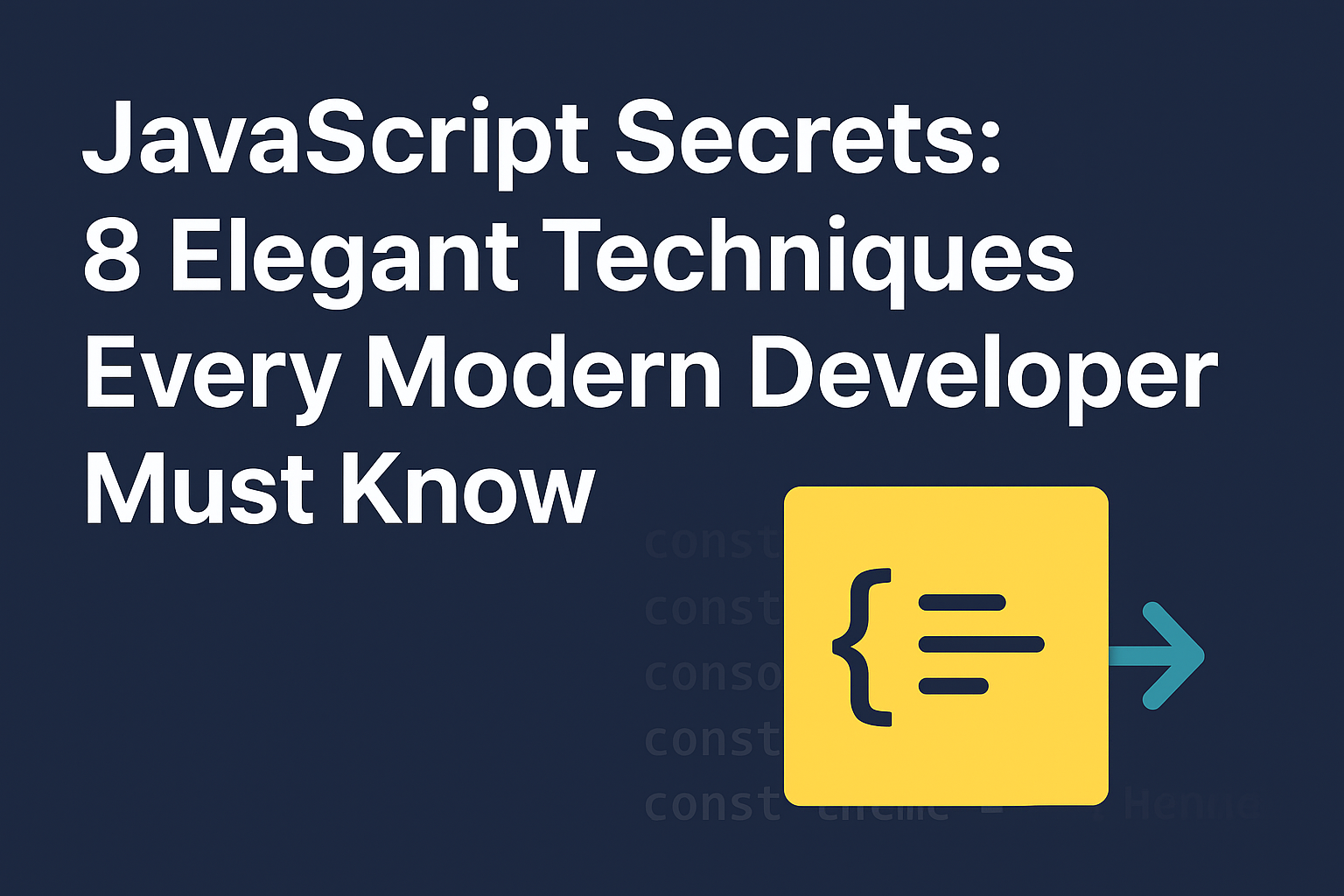Vue.js continues to evolve with every release, and Vue 3.5 is no exception. This version brings quality-of-life improvements, deeper TypeScript integration, enhanced reactivity, and better support for large-scale applications.
Whether you're building admin dashboards, SPAs, or micro frontends, Vue 3.5 has something to make your developer life easier. In this post, we’ll walk you through the key updates in Vue 3.5 and how you can start using them today.
🚀 1. reactivityTransform is Now Stable
One of the most talked-about features finally lands in stable: the reactivityTransform. This lets you use a more concise syntax to define reactive state without needing ref() or reactive() boilerplate.
Before:
import { ref } from 'vue'
const count = ref(0)
console.log(count.value)
With Reactivity Transform:
let $count = $ref(0)
console.log($count)
✅ This leads to cleaner code, especially in large components.
🔧 You still need to opt into this feature in your build setup (e.g., Vite or Vue CLI).
🧪 2. <script setup> Enhancements
Vue 3.5 introduces small but powerful improvements to the <script setup> syntax:
-
Support for generic types in defineProps/defineEmits
-
Better autocomplete in IDEs with Volar
-
Improved DX (developer experience) with warnings and type hints
Example:
defineProps<{ user: User; onLogin: () => void }>()
This makes TypeScript-first development smoother and safer than ever.
🧩 3. Improved Type Inference in Templates
Vue 3.5 brings enhanced type inference inside templates when using TypeScript. You’ll now get:
-
Accurate autocompletion in your template expressions
-
Type-safe
v-forloops andv-ifconditions -
Better IntelliSense with
v-slot,v-bind, andv-model
This improvement is part of Vue’s commitment to making it the most TypeScript-friendly frontend framework.
🛠️ 4. Developer Tools Upgrade (Volar + DevTools)
Vue DevTools and Volar have both been upgraded alongside 3.5. Highlights include:
-
Live reactivity tracking
-
Timeline performance traces
-
Script setup insights
-
New plugin API for custom tools
If you're building complex UIs or need profiling/debugging, this makes Vue 3.5 feel even more polished and production-ready.
🧬 5. defineModel() - A New Macro for v-model Simplification
Vue 3.5 introduces a macro called defineModel() which provides better ergonomics when working with v-model:
<script setup>
const modelValue = defineModel()
</script>
This eliminates boilerplate around props and emits in v-model usage. It works especially well in composables or reusable input components.
📦 6. Tree-shaking & Bundle Optimization
With internal refactoring, Vue 3.5 makes it easier for modern bundlers to tree-shake unused features. This means smaller final builds, especially when using features like SSR or only targeting the Composition API.
This also paves the way for more modular adoption in the ecosystem.
📘 7. Better Documentation & RFC Finalization
Vue 3.5 finalizes several features from RFCs and improves alignment between the docs and the actual dev experience. Notable RFCs that landed:
-
RFC for
defineModel() -
Updates to
<script setup>andreactivityTransform
The Vue team continues to keep transparency and community alignment at the forefront.
👨💻 Who Should Upgrade?
If you’re on Vue 3.4 or earlier, upgrading to Vue 3.5 is highly recommended if:
-
You use TypeScript
-
You want to reduce component boilerplate
-
You are building larger Vue apps or working in a team
-
You rely heavily on IDE support
Migration is mostly smooth and backward-compatible. Check the official Vue 3.5 release notes for specific breaking changes, if any.
⚙️ How to Upgrade
For most Vite-based projects, you can upgrade by running:
npm install vue@3.5
Or for Yarn:
yarn add vue@3.5
Don’t forget to update Volar, Vue Devtools, and any other related dependencies.
✨ Final Thoughts
Vue 3.5 is another confident step forward in Vue's evolution. It's a release focused on polish, developer happiness, and long-term scalability.
Whether you're just starting with Vue or scaling a large enterprise app, Vue 3.5 makes development smoother and more modern.
Let us know in the comments — what feature are you most excited about in Vue 3.5?



